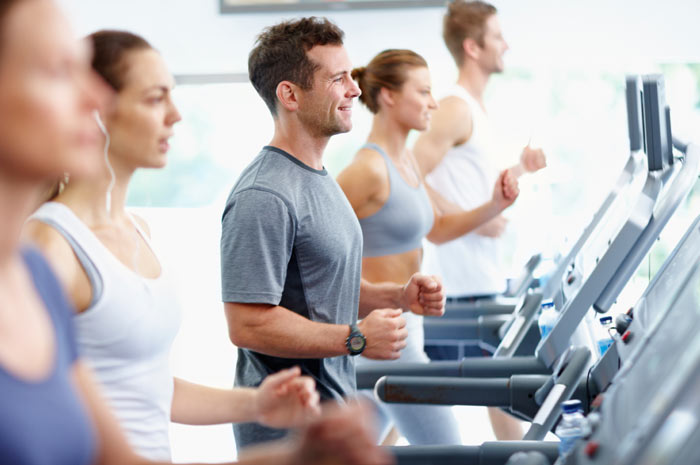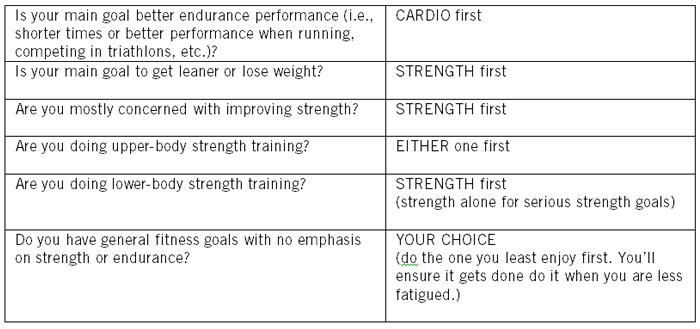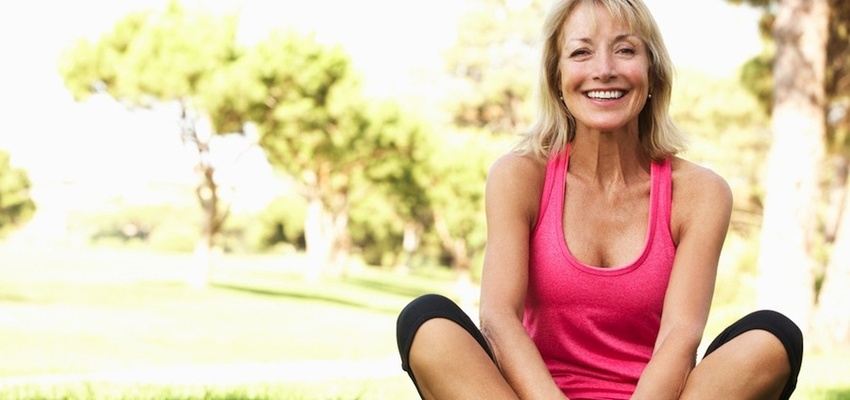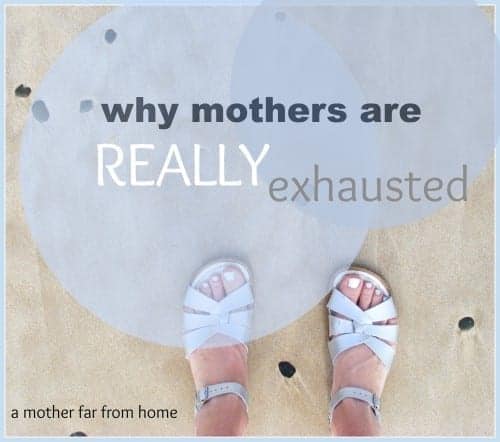Physical activity is movement that is carried out by the skeletal muscles that requires energy. In other words, any movement one does is actually physical activity.
Exercise, however, is planned, structured, repetitive and intentional movement intended to improve or maintain physical fitness. Exercise is a subcategory of physical activity.
Whichever path you choose, is equally as beneficial, for health is all about getting the body to move =)
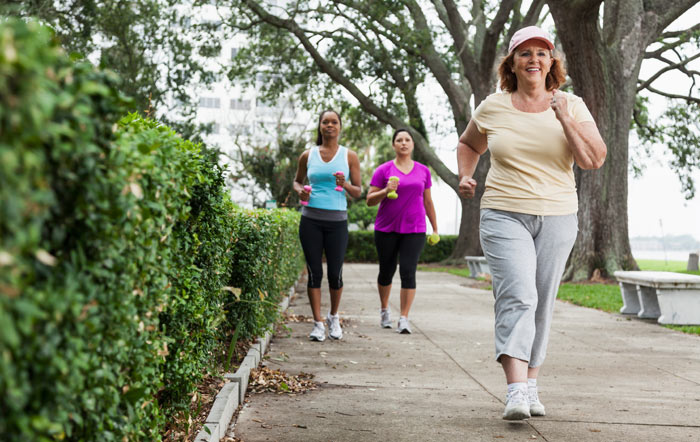
How did you spend your last 24 hours? What do you do during a typical 24-hour weekday? Take a few moments and divide up those 24 hours and reflect on how you typically spend that time. How many hours did you spend sleeping? How many hours did you spend sitting down (don’t forget the times you sit in the car, while you eat, etc.)? How many hours did you spend moving?
Once you have completed your 24-hour self-reflection activity, think more specifically about your movement time. What type of movement did you do? What was the intensity and intentionality of that movement?
Over the past few decades, Americans have heard over and over that a minimum of 30 minutes of daily exercise is essential to good health. However, the latest research suggests that how much time we spend sitting could be just as important as how much time we spend exercising. In fact, a new term has been coined to describe those who exercise, but spend the majority of their days being sedentary: active couch potatoes.
While the term couch potato usually refers to a lazy person who prefers to just sit around and watch TV, an active couch potato refers to someone who is inactive for the majority of the day, but regularly makes sure to get in 30 minutes of exercise on most days. An active couch potato is not necessarily lazy, but spend most of his or her time sitting during leisure time, work (and commuting to and from work) and while eating meals. In other words, they’re almost completely physically inactive throughout the day, with the exception of that 30 or minutes of daily exercise. Although 30 minutes of exercise is absolutely beneficial and healthful, the rest of the day is causing tremendous health hazards. In fact, the World Health Organization (WHO) has identified physical inactivity as an independent risk factor for chronic disease development, and it is now the fourth leading cause of death worldwide.
So, exactly how do we differentiate between exercise and being physically active? And is the distinction important? Here are some definitions that should help clear things up:
Physical activity is movement that is carried out by the skeletal muscles that requires energy. In other words, any movement one does is actually physical activity.
Exercise, however, is planned, structured, repetitive and intentional movement intended to improve or maintain physical fitness. Exercise is a subcategory of physical activity.
Research provides significant evidence that ALL physical activity positively contributes to overall health and well-being. Exercise also assists with the improvement of physical fitness, which consists of five specific components:
-Cardiorespiratory fitness
-Muscular strength fitness
-Muscular endurance fitness
-Flexibility fitness
-Body composition
This graphic from the American Institute for Cancer Research visually depicts the importance of both daily physical activity AND structured exercise (in relation to cancer indicators). Here, the green reflects structured exercise, while the yellow reflects daily physical activity.
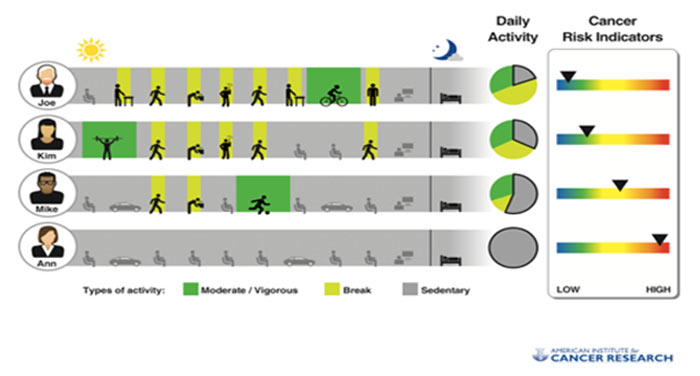
How Can You Become More Physically Active?
An easy way to start transforming a sedentary lifestyle into a more active one is to begin standing more and sitting less. If you work at a desk all day, create a workstation that requires you to stand (and therefore move more). Think about creating opportunities to walk at lunchtime and before or after work. Consider adding leisure time activities to your weekly routines, especially those that involve the whole family, such as bike rides, hikes and walks around the neighborhood. What about your home? Do you enjoy gardening? Make time for it throughout the week instead of leaving it all to the weekend. And instead of dedicating just one day every other week to clean, try to include daily active chores that take 10 minutes or less. When you engage with technology, creatively think about how you can move. Try placing some simple equipment like a yoga mat or resistance ball or resistance bands in your living room so they are easily accessible while watching TV. There are countless opportunities to increase daily physical activity, but you do have to look for them.
As you evaluate your 24-hour activity reflection, consider making a detailed plan that includes both elements:
1. Daily increased physical activity
2. Structured, planned, intentional exercise to improve physical fitness
Omitting one or the other can have serious and detrimental consequences for your health, fitness and overall well-being. Don’t be a couch potato or an active couch potato—make the change today and add BOTH elements to your life to reap the life-changing benefits of physical activity and exercise.

Dominique Wakefield is a passionate, energetic and innovative health and fitness expert, ACE Certified Personal Trainer, NWI Certified Wellness Practitioner, ACSM credentialed EIM-1, presenter and writer. Currently, she is Assistant Professor in the Department of Health and Exercise Science at La Sierra University, Riverside, California. In October 2011, Dominique Wakefield was awarded ‘Top 11 Personal Trainers to Watch in the U.S.’ by Life Fitness and the American Council on Exercise. In addition to teaching at universities, she has worked as a Fitness & Programs Manager, Personal Trainer, Group Fitness Instructor and Wellness Coach at fitness centers, in the clinical wellness setting and in the corporate wellness setting since 2001. Dominique is a PhD candidate in Health through the University of Bath, England. Her studies and research center on physical activity, motivation for exercise and behavior change strategies. Visit dominiquewakefield.com to learn more!












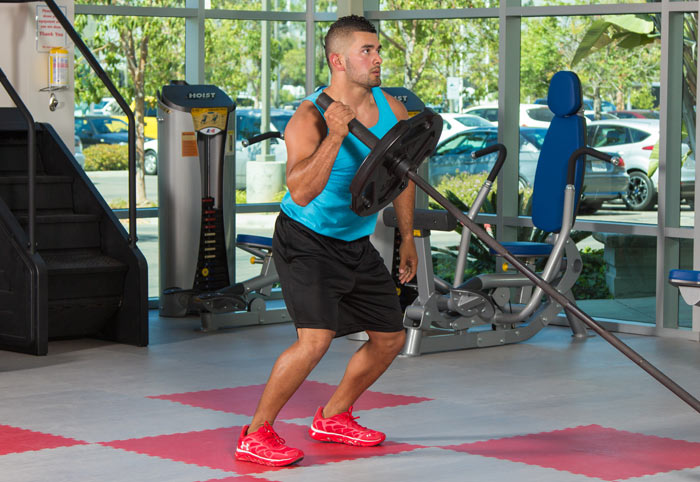
 By Jonathan Ross
By Jonathan Ross

